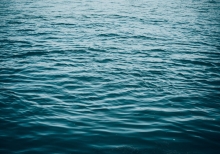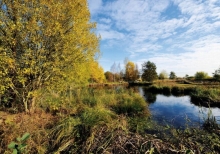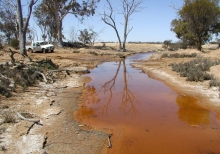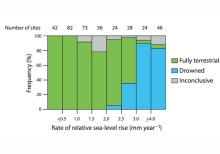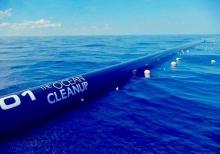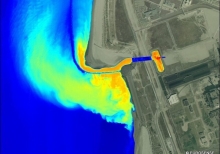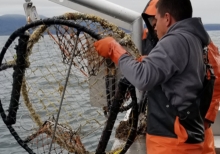Vital Signs: The Five Basic Water Quality Parameters
The five following parameters are basic to life within aquatic systems. Impairments of these can be observed as impacts to the flora and or fauna with a given waterbody. [Dissolved oxygen] is the amount of oxygen dissolved in water. Most aquatic organisms need oxygen to survive and grow. Some species require high DO such as trout and stoneflies. Other species, like catfish, worms and dragonflies, do not require high DO.
